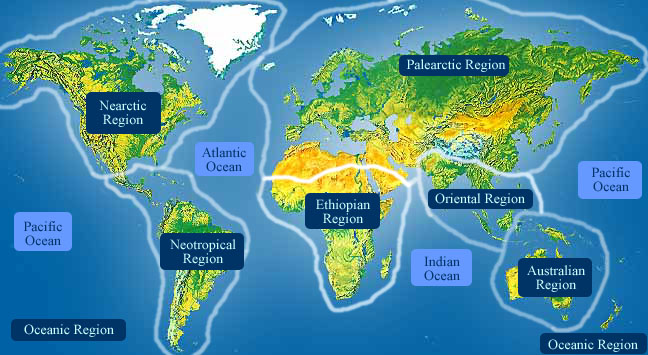Ctenomys haigiHaig's tuco-tuco
Geographic Range
This species of tuco-tuco is found only in southwestern Argentina.
- Biogeographic Regions
- neotropical
Habitat
These tuco-tucos live in open, treeless areas in the foothills of the Andes.
- Terrestrial Biomes
- savanna or grassland
Physical Description
The average weight is 164 g, the head and body length ranges from 155 to 165 mm, and the tail is about 70 mm long. This species is fairly small compared to other tuco-tucos. Its fur is soft and silky, and agouti gray brown in color.
- Other Physical Features
- endothermic
- bilateral symmetry
-
- Average mass
- 0.164 kg
- 0.36 lb
Reproduction
The litter size ranges from 2 to 4.
- Key Reproductive Features
- gonochoric/gonochoristic/dioecious (sexes separate)
- sexual
-
- Range number of offspring
- 2 to 4
Behavior
This animal lives in burrows and comes above ground only briefly. It does not burrow as extensively as many other species in the genus. These tuco-tucos make a short "tuc-tuc" vocalization that is repeated every second as many as 30 times in a row. They vocalize at night as well as during the day.
- Key Behaviors
- motile
Communication and Perception
Food Habits
The ecology of this species has not been extensively studied, but if it is similar to other tuco-tucos it eats a variety of roots and grasses.
- Plant Foods
- roots and tubers
Conservation Status
-
- IUCN Red List
-
Least Concern
More information
-
- IUCN Red List
-
Least Concern
More information
-
- CITES
- No special status
Contributors
Deborah Ciszek (author), University of Michigan-Ann Arbor.
Glossary
- Neotropical
-
living in the southern part of the New World. In other words, Central and South America.

- bilateral symmetry
-
having body symmetry such that the animal can be divided in one plane into two mirror-image halves. Animals with bilateral symmetry have dorsal and ventral sides, as well as anterior and posterior ends. Synapomorphy of the Bilateria.
- chemical
-
uses smells or other chemicals to communicate
- endothermic
-
animals that use metabolically generated heat to regulate body temperature independently of ambient temperature. Endothermy is a synapomorphy of the Mammalia, although it may have arisen in a (now extinct) synapsid ancestor; the fossil record does not distinguish these possibilities. Convergent in birds.
- folivore
-
an animal that mainly eats leaves.
- herbivore
-
An animal that eats mainly plants or parts of plants.
- motile
-
having the capacity to move from one place to another.
- native range
-
the area in which the animal is naturally found, the region in which it is endemic.
- sexual
-
reproduction that includes combining the genetic contribution of two individuals, a male and a female
- tactile
-
uses touch to communicate
- tropical savanna and grassland
-
A terrestrial biome. Savannas are grasslands with scattered individual trees that do not form a closed canopy. Extensive savannas are found in parts of subtropical and tropical Africa and South America, and in Australia.
- savanna
-
A grassland with scattered trees or scattered clumps of trees, a type of community intermediate between grassland and forest. See also Tropical savanna and grassland biome.
- temperate grassland
-
A terrestrial biome found in temperate latitudes (>23.5° N or S latitude). Vegetation is made up mostly of grasses, the height and species diversity of which depend largely on the amount of moisture available. Fire and grazing are important in the long-term maintenance of grasslands.
References
Redford, K.H. and J.F. Eisenberg. 1992. Mammals of the Neotropics, Vol. 2, pp. 370-371. The University of Chicago Press, Chicago.